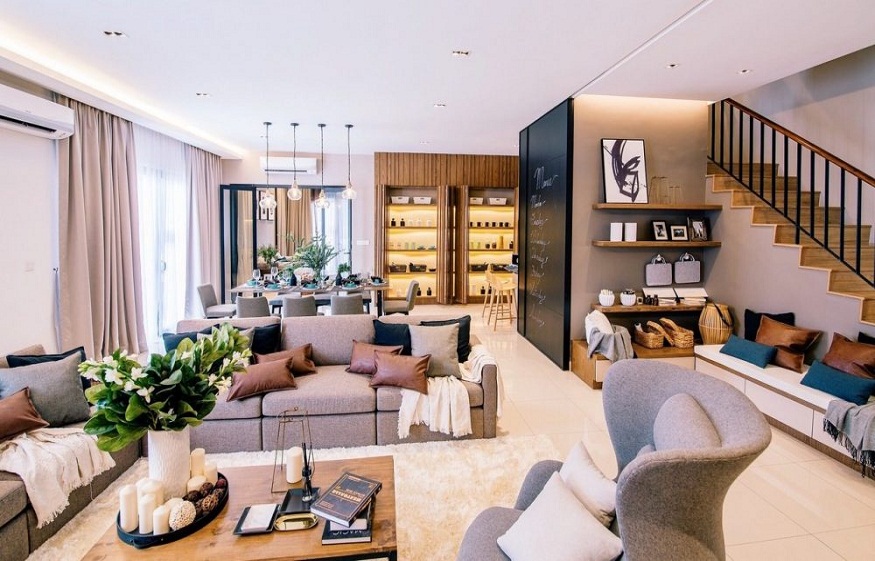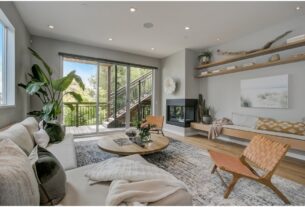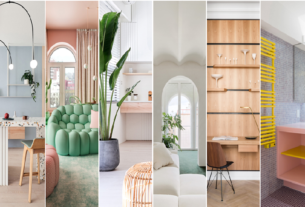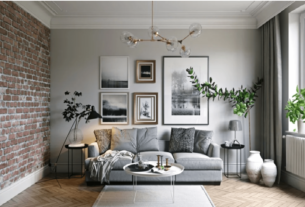Bungalows with open-concept layouts offer a sense of space, fluidity, and modern elegance. By removing barriers and creating seamless transitions between different areas, these interiors provide an inviting atmosphere that enhances both functionality and aesthetic appeal. However, designing an open-concept space requires thoughtful planning to maintain a sense of definition, balance, and comfort. With the right bungalow interior design approach, it is possible to create a cohesive yet dynamic living environment.
Defining Zones for Functionality
An open-concept layout benefits from clearly defined zones to maintain organisation and purpose within the space. The use of subtle design elements such as rugs, varying floor levels, or ceiling treatments helps to create distinctions between living, dining, and kitchen areas without disrupting the openness. Furniture placement also plays a key role in guiding movement and visually separating spaces while ensuring a harmonious flow throughout the home.
Using a Consistent Colour Palette
A cohesive colour scheme ties the different areas together, enhancing the seamless nature of an open-plan bungalow. Neutral tones, soft hues, and warm undertones create a sense of continuity while allowing for subtle variations that add depth and character. Accent colours can be introduced through furnishings, textiles, or statement décor pieces to maintain visual interest without overwhelming the space. A well-balanced palette keeps the interior inviting and unified.
Maximising Natural Light for an Airy Feel
Expansive windows, skylights, and open entryways allow natural light to flood the space, enhancing the openness of the layout. Sheer curtains, glass partitions, and strategically placed mirrors help to reflect and distribute light, making the bungalow feel even more spacious and bright. Thoughtful positioning of furniture ensures that daylight reaches all areas without obstruction, maintaining a fresh and airy ambience throughout the home.
Creating Visual Interest with Textures and Materials
A mix of textures and materials adds depth and warmth to an open-concept space without compromising its sense of continuity. Natural wood, stone, and metal elements introduce an organic touch, while plush fabrics and soft finishes balance the overall look. Layering materials through furniture, wall treatments, or decorative accents prevents the space from feeling too uniform while adding a sense of refinement and sophistication.
Incorporating Multi-Functional Furniture
Selecting versatile and well-proportioned furniture ensures both practicality and style in an open-plan bungalow. Modular seating, extendable tables, and built-in storage solutions help maximise functionality while maintaining an uncluttered look. Low-profile furniture and open shelving maintain sightlines across the space, reinforcing the sense of openness while keeping everything accessible and organised. The right furniture choices enhance the usability of the home without compromising on elegance.
Enhancing the Space with Strategic Lighting
Layered lighting creates depth and atmosphere within an open-concept layout. A combination of ambient, task, and accent lighting helps define different zones while maintaining cohesion. Pendant lights over the dining area, recessed lighting in the living space, and under-cabinet illumination in the kitchen ensure that each section is well-lit and inviting. Dimmable options allow for flexibility, adapting the lighting to different moods and occasions effortlessly.
Blending Indoor and Outdoor Living
Seamless integration between indoor and outdoor spaces further enhances the openness of a bungalow interior design. Large sliding doors, extended patios, and indoor gardens create a natural flow between the two environments. By using similar flooring materials or complementary design elements, the transition feels organic and fluid, expanding the living area while maintaining a sense of harmony between inside and out.
Conclusion
A well-designed bungalow interior design makes the most of an open-concept layout by balancing fluidity with structure. Defined zones, a cohesive colour palette, and thoughtful lighting ensure a seamless yet functional space. The careful use of textures, natural light, and multi-functional furniture enhances both comfort and aesthetic appeal. By integrating indoor and outdoor elements, the home feels even more expansive, creating a stylish and welcoming environment suited for modern living.



